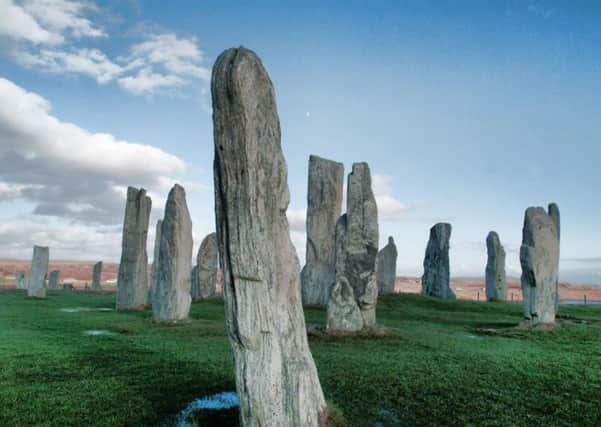Book review: Poacher's Pilgrimage: An Island Journey by Alastair McIntosh


There is a sense in which writing about the natural world shades imperceptibly into exploring the supernatural world. In the Middle Ages, it was understood that while the priests had the Word of God, there was a second scripture in the World of God, which even the lay-people could read; where every flower was a homily and every season a kind of sermon.
Even once Christianity began to decline, this tradition persisted: think of Nan Shepherd piercing the veil of the real while looking at the Cairngorms, or Robert Macfarlane’s uncanny expeditions, with inexplicable footprints and strange flashes of déjà vu. Alastair McIntosh, the author of the acclaimed Soil And Soul and Hell And High Water fits this genre perfectly with one major exception. He is not a reluctant sceptic, but a believer. He is also, as the book explores, a land ownership activist, a consultant to the British Army on non-violence, an environmentalist and etymologist, and a writer with the uncommon capacity to be perpetually curious.
Advertisement
Hide AdPoacher’s Pilgrimage is structured around a walk McIntosh took from the southernmost tip of Harris to Ness at the Butt of Lewis. He has a personal connection with the island, as he grew up there and his father was a GP there. Although partly nostalgic, it is also a semantic excavation of the pagan and Christian places of worship (both pre- and post-Reformation), from fairy wells to sites associated with saints, to Presbyterian fortresses. He admits – almost boasts – that he is “too pagan for the Christians, too Christian for the pagans”; but it puts him in a unique between-space to look at the earliest glimmerings of spirituality, the establishment of the church as a political force, and the indistinguishable hankering after something else in the supposedly post-Christian age. It is a book that encompasses the sìdh and the dominie, the Little People and the Wee Frees.
Reading it is like taking a walk with a very affable, intelligent, occasionally garrulous stranger who will break off from a biographical anecdote or a disquisition on Augustine’s just war theory to show you the “stiff black porridge” of a peat bog or the “freshly flecked” print of a deer. But there is an intellectual underpinning to the mélange, in the form of Gregory Bateson’s 1972 book Steps To An Ecology Of The Mind. The details of the volume are summarised neatly by his daughter. “I think perhaps my father was trying to say that we don’t know what we’re inside of.” Rather than seeing “nature” as an “out there” we can marvel at or despoil with rapacity, it encourages McIntosh to chart the interconnectedness of environment and individual. Rather than seeing “God” as some infinitely distant proposition, it makes him question how a sense of the divine is incarnated in individuals. There is a lovely piece when he observes ants – it’s an old saw, theologically, one that Browning rightly skewered in “Caliban Upon Setebos” when the monster watches crabs and muses “Let twenty pass, and stone the twenty-first, / Loving not, hating not, just choosing so” – but McIntosh does manage to convey a sense of how all our perspectives are limited.
There are some very striking moments, perhaps most affectingly conveyed when McIntosh manages to uncover the Tobar a’ Ghobha, the Blacksmith’s Well, a traditional spring buried through a combination of neglect and modernity while being assisted by people who seem to specialise in the raised eyebrow and unexpected hospitality (it might well serve as a miniature for the entire book). In the many divagations away from the main conceit of the book, there are parts with which I entirely concur, parts where I would need to know more to decide, and parts where I would politely disagree – whether the topic is local employment versus environmental protection, field sports versus poaching or the use of violence as a political tool. I would say that I found McIntosh’s reading of the biblical phrase “I come not to bring peace but a sword” slightly strained. Rather than face the challenge of what Simon Critchley calls the “infinitely demanding” nature of religion, it does not strike me as sufficient to twist and shimmy the words so it becomes “I come not to bring peace but a placard and a real sense of disappointment”.
Once or twice, I did fall into the very un-Christian thought that if I saw another exclamation mark I might well issue the world’s first punctuation fatwa. It makes the writer seem naïve – which he is assuredly not – and the reader seem such a poltroon they need cattle-prodded into realising something is either funny or full of wonder.
Asides aside, Poacher’s Pilgrimage is a book full of generosity, spry in its thinking and detailed in its observations. It will beguilingly give each reader a lot to think about, a lot to wish to see, and a lot think about again.